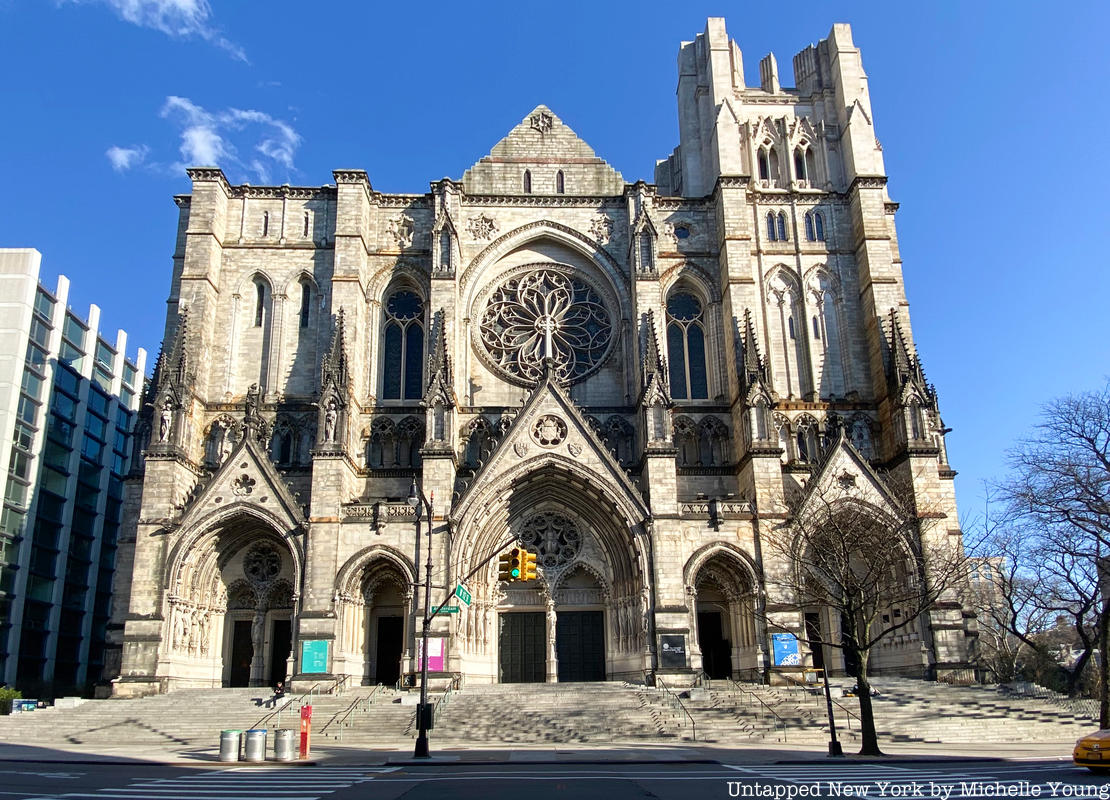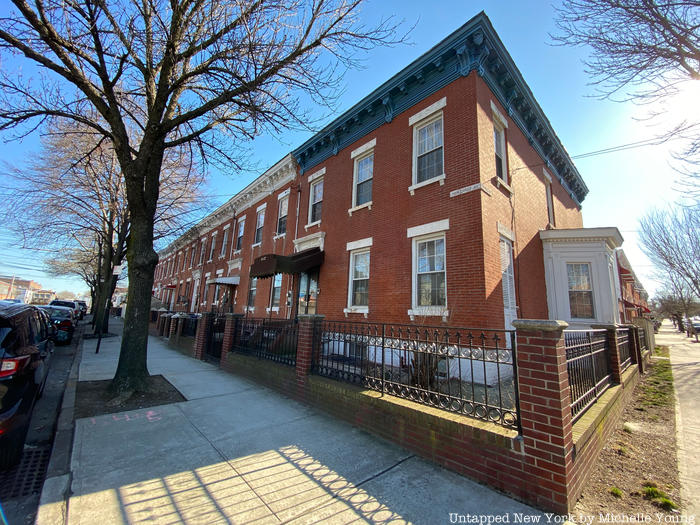 Cathedral of St. John the Divine
Cathedral of St. John the Divine
There is a lot to know about landmarking in New York City. Within New York City, there are 37,000 landmark properties, with 149 historic districts and historic district extensions. It all began in 1965, when the law to enable landmarking was passed by Mayor Robert F. Wagner. The Landmarks Preservation Commission is responsible for protecting New York City’s culturally and historically significant buildings and sites by granting them landmark status.
Most people know that there are separate designations for exterior and interior landmarks, with some buildings having both. Perhaps you know that there are landmark designations at the federal, state, and city level, with varying levels of protection. Yet one surprising thing unbeknownst to most New Yorkers is that landmark designations can be overturned or revoked by City Council. It occurs rarely, but by our count, a few occur every decade. Some have led to subsequent demolitions, a significant loss to the city’s collective architectural and social history.
Here is our guide to past and present significant buildings that have had their landmark designations revoked (and sometimes regained it!), with special thanks to Simeon Bankoff, the Executive Director of the Historic Districts Council, who helped us compile the locations.
1. Steinway Historic District
Steinway & Sons, the renowned piano manufacturer, was founded in 1853 on the Lower East Side but soon after relocated to Queens in the 1870s. In an effort to keep its factory running smoothly, Steinway & Sons decided to also move its workers and their families and construct a typical “company town.” Henry Steinway acquired 400 acres of land in Queens while his son William helped develop a residential area with housing and transportation.
The neighborhood, named Steinway Village, included 29 two-story red-brick houses in Astoria and was completed in 1875.
According to the New York City Landmarks Preservation Commission’s (LPC) 1974 “Steinway Historic District Designation Report,” the Steinway Historic District “played an important role in the social development of the city.”
On November 26, 1974, the LPC designated the village a historic district, the LPC noting that “there were no speakers in opposition to designation.” Two months later, the City Planning Commission also approved the designation of the Steinway Historic District. Yet soon after, residents began to protest against the designation due to potential restrictions placed on residents with respect to their homes. The LPC failed to inform residents about the consequences of this designation, and on January 23, 1975, the former Board of Estimate nullified the designation of the Steinway Historic District.
This was just the second time that the Board of Estimate revoked a landmark destination. When the Board of Estimate was determined by the U.S. Supreme Court to be an unconstitutional body, its responsibilities were primarily given over to the New York City Council in 1990. The night before its dissolution, the Board of Estate de-designated several buildings within the First Avenue Estate (on First Avenue and York Avenue) due to pressure from the developer who wanted to build a few luxury high-rise buildings there. Those buildings were re-designated in an amendment in 2006, but the legal battle continued until 2019.






